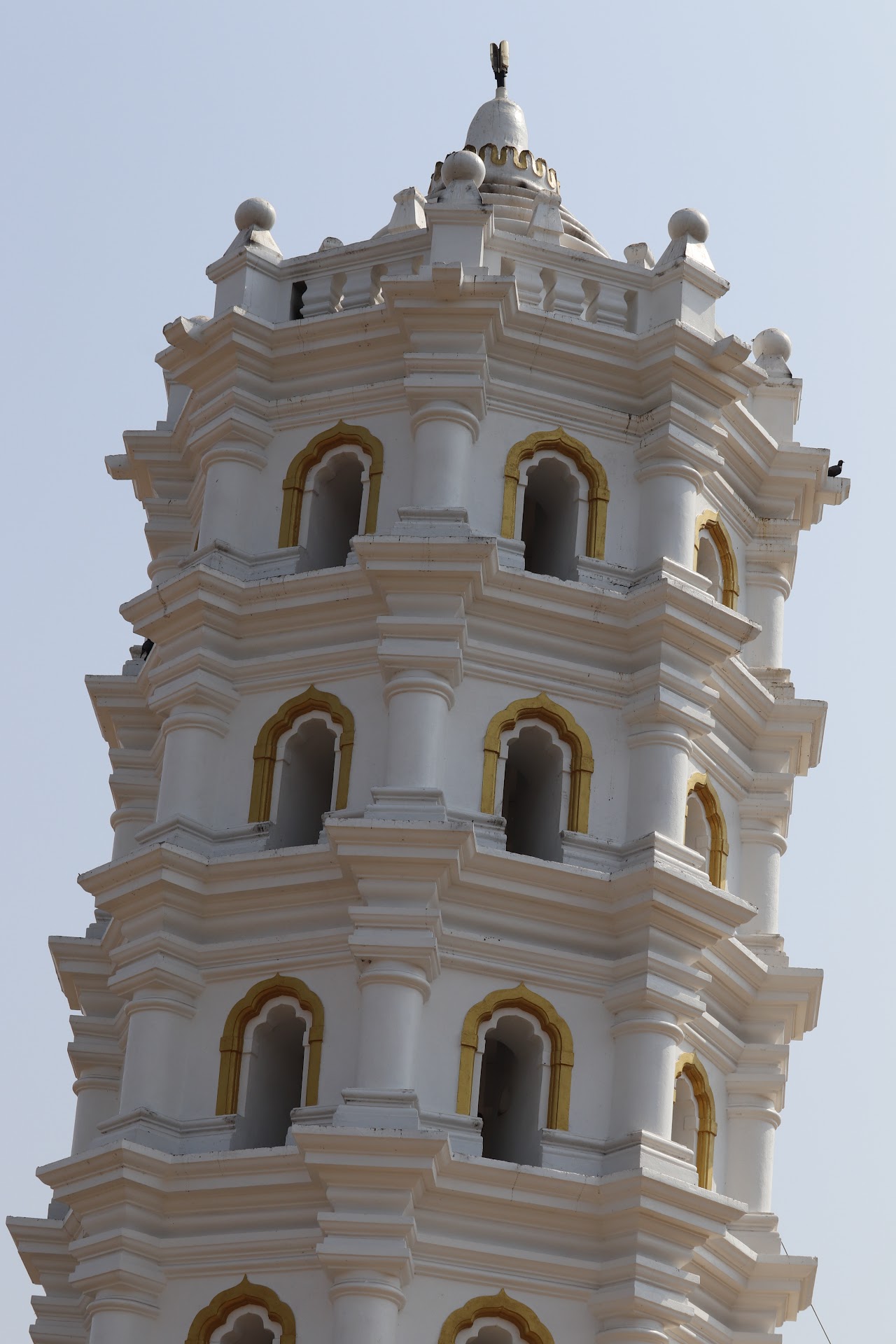Shree Mangesh temple things to do, attractions, restaurants, events info and trip planning
Basic Info
Shree Mangesh temple
CXV8+XH6, Dinanath Mangeshkar Rd, Mangeshi village, Mardol, Priol, Goa 403404, India
4.6(8.6K)
Open 24 hours
Save
spot
spot
Ratings & Description
Info
Shri Manguesh temple is located at Mangeshi Village in Priol, Ponda taluk, Goa. It is at a distance of 1 km from Mardol close to Nagueshi, 21 km from Panaji the capital of Goa, and 26 km from Margao. Shree Mangueshi is the Kuldeva of Goud Saraswat Brahman.
Cultural
Family friendly
attractions: Shri Mahalasa Narayani Temple, restaurants: Shantadurga Bhojnalay, Shivdrashan Restaurant, Shiv prasad - veg/nonveg home made food, Funtime Family Bar and Restaurant, Om Sai Sagar Pure Veg Family Restaurant, Viraj Classic Family Restaurant, Udupi Nithyanand Cafe, Hotel Shantiniketan veg, GOAN AROMA, Mahalasa canteen
 Learn more insights from Wanderboat AI.
Learn more insights from Wanderboat AI.Phone
+91 76664 29814
Website
shrimangesh.com
Plan your stay

Pet-friendly Hotels in Goa
Find a cozy hotel nearby and make it a full experience.

Affordable Hotels in Goa
Find a cozy hotel nearby and make it a full experience.

The Coolest Hotels You Haven't Heard Of (Yet)
Find a cozy hotel nearby and make it a full experience.

Trending Stays Worth the Hype in Goa
Find a cozy hotel nearby and make it a full experience.
Reviews
Nearby attractions of Shree Mangesh temple
Shri Mahalasa Narayani Temple
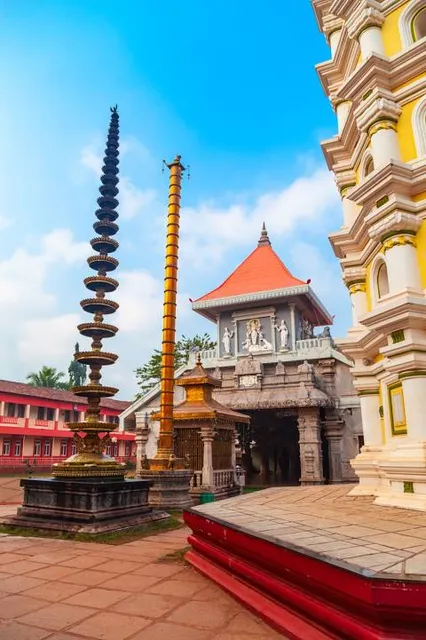
Shri Mahalasa Narayani Temple
4.8
(3K)
Open 24 hours
Click for details
Things to do nearby

Get hooked on Fishing Anjuna
Mon, Dec 22 • 7:00 AM
Baga, Goa, 403509, India
View details
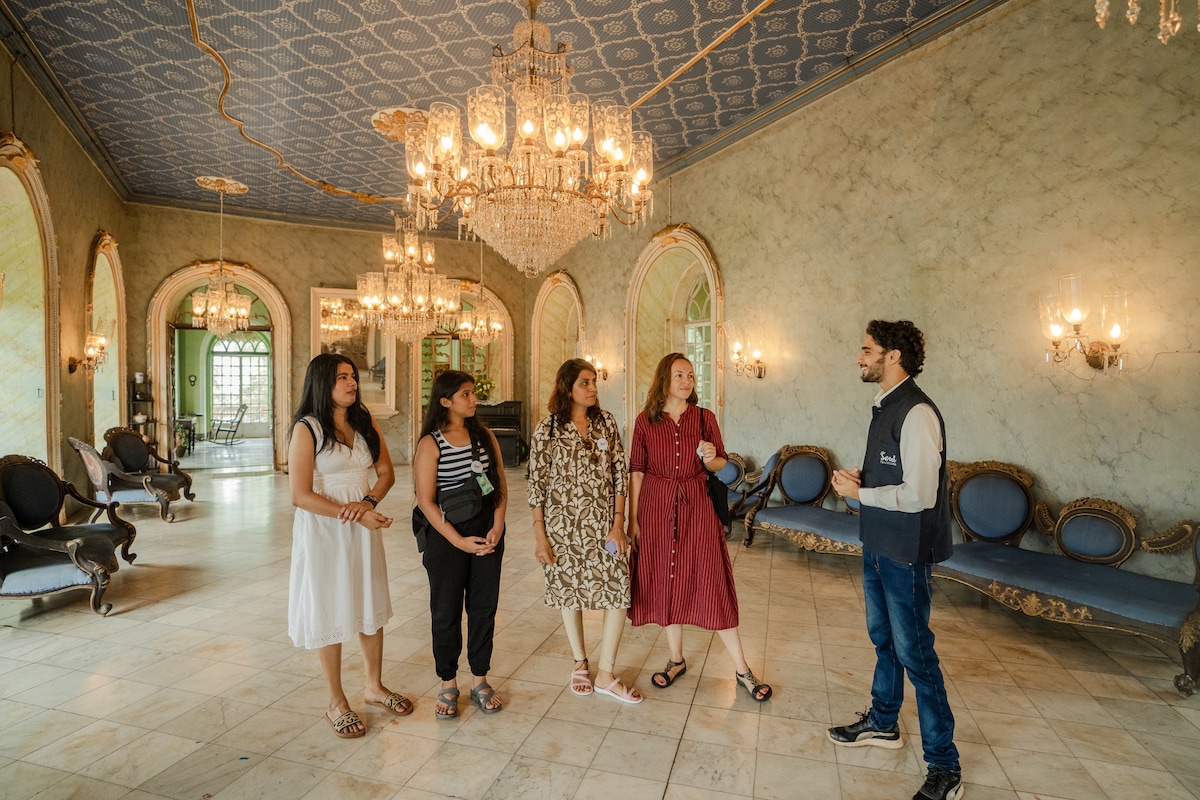
Step into Indo-Portuguese Mansions in Goa
Mon, Dec 22 • 9:30 AM
Chandor, Goa, 403714, India
View details
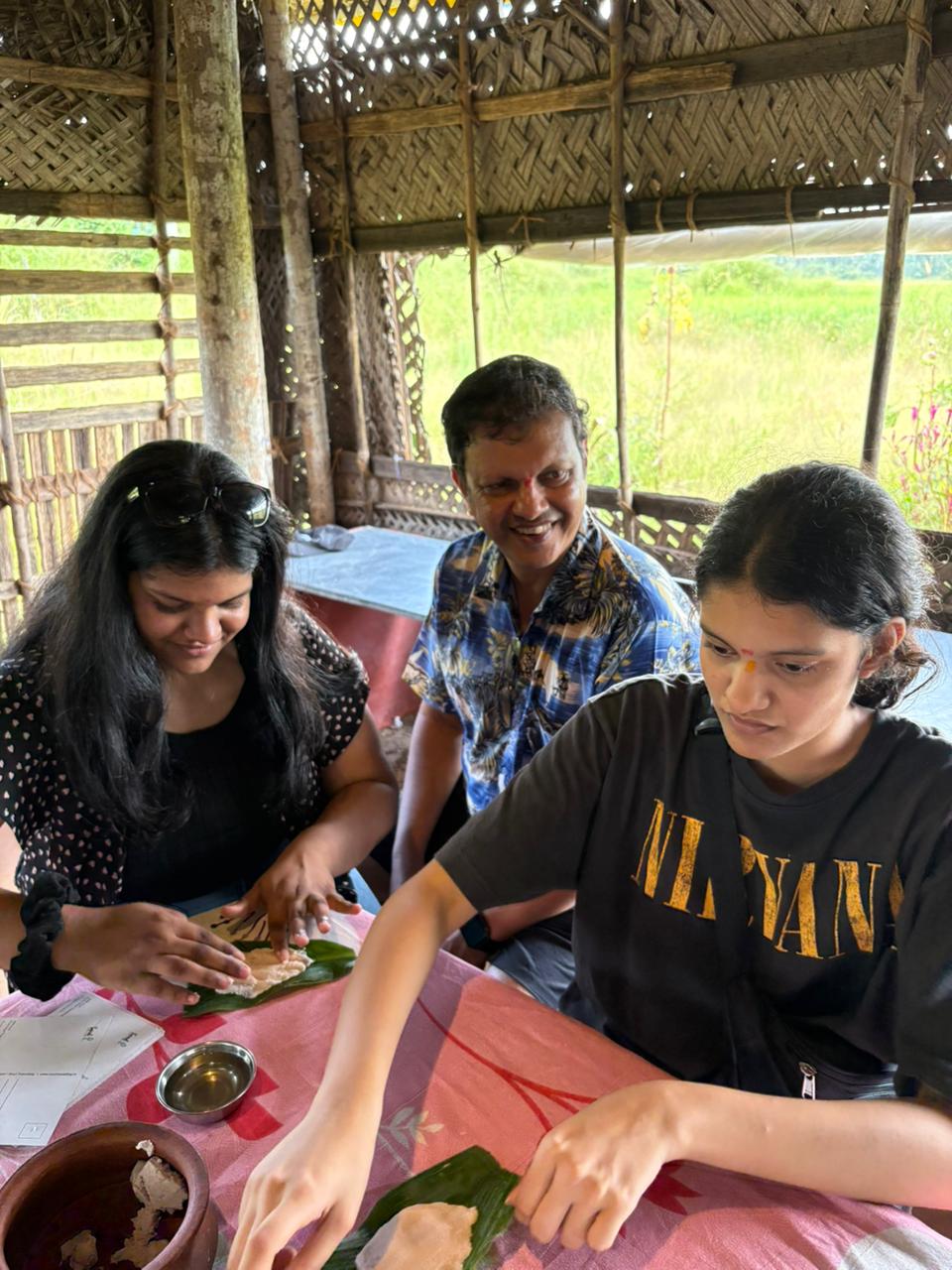
Goan Island Culinary Experience
Fri, Dec 26 • 11:00 AM
Chodna Ferry Point
Ribandar, Goa, 403006, India
View details
Nearby restaurants of Shree Mangesh temple
Shantadurga Bhojnalay
Shivdrashan Restaurant
Shiv prasad - veg/nonveg home made food
Funtime Family Bar and Restaurant
Om Sai Sagar Pure Veg Family Restaurant
Viraj Classic Family Restaurant
Udupi Nithyanand Cafe
Hotel Shantiniketan veg
GOAN AROMA
Mahalasa canteen
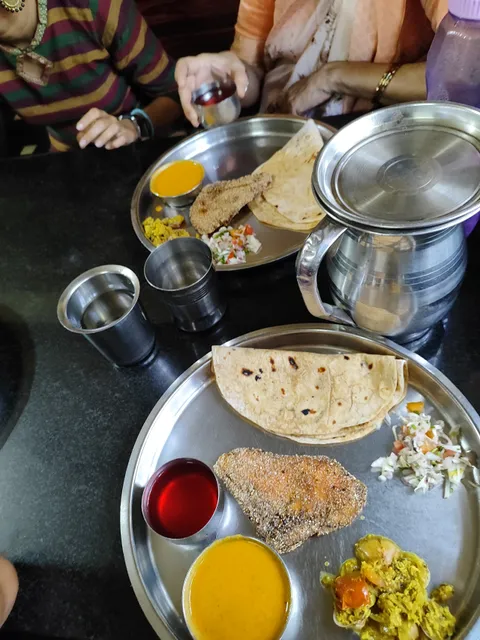
Shantadurga Bhojnalay
4.5
(27)
$
Click for details
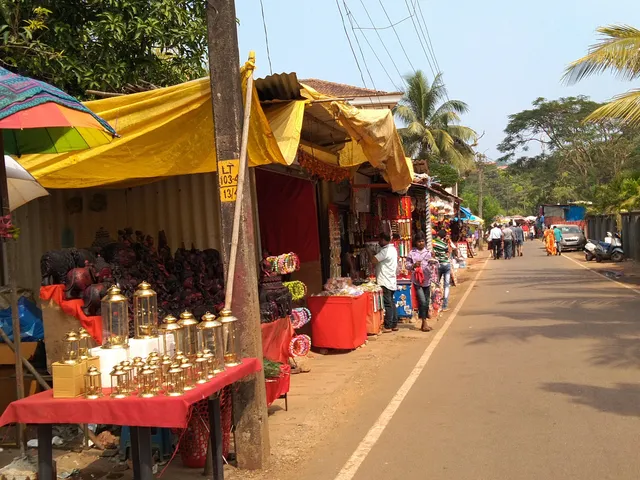
Shivdrashan Restaurant
4.9
(7)
Click for details
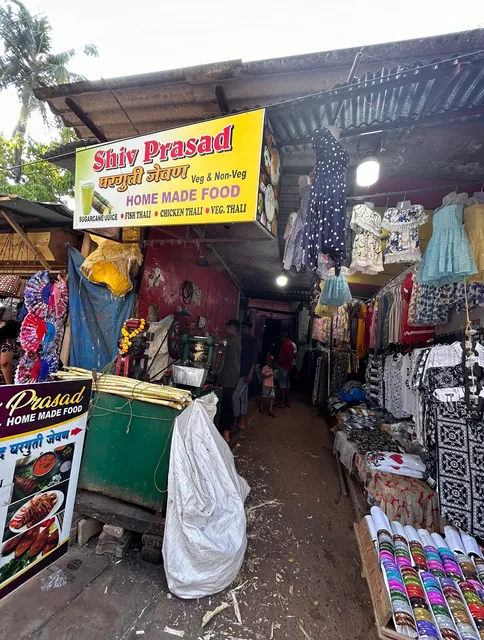
Shiv prasad - veg/nonveg home made food
5.0
(16)
Click for details

Funtime Family Bar and Restaurant
3.5
(365)
Click for details



